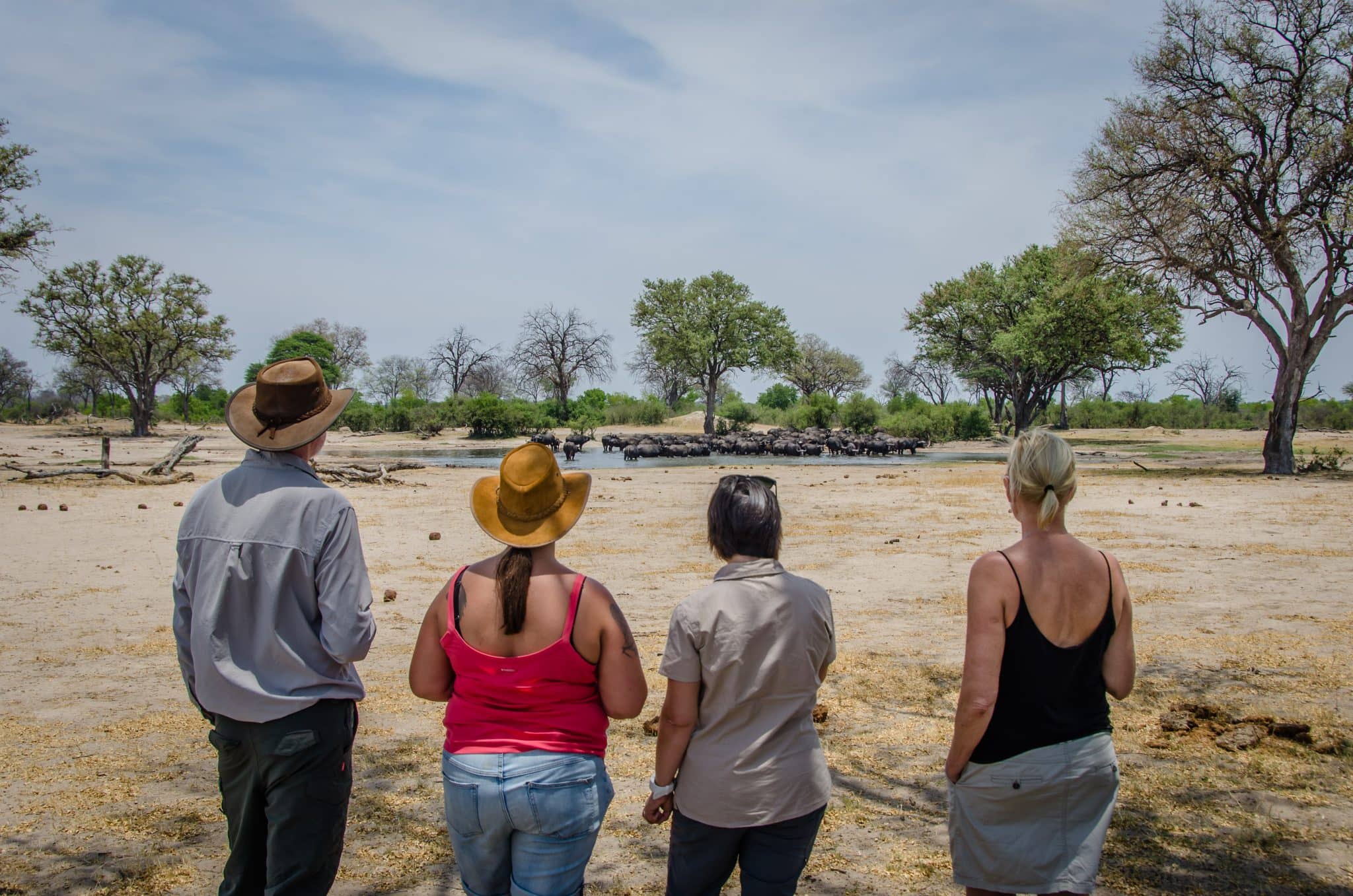ZimParks banks on strengthening recreational parks
ZimParks will work towards strengthening the capacity of recreational parks, usually patronised by Zimbabweans rather than foreign tourists, in order to cushion itself from reliance on high value international tourists through renovations and introducing more accommodation units
Speaking on the combined second and third annual general meeting of the Ministry of Environment, Climate, Tourism and Hospitality Industry, ZimParks Director General Mr Fulton Mangwanya said most tourism income has been derived from national parks activities frequented by high value international tourists.
He said this will be supported by renovations and the introduction of more accommodation units, activities and amenities such as restaurants and conference facilities.
“Our tourist arrivals decreased by 75 percent from 928 391 in 2019 to 231 936 in 2020, we recorded an overall decrease of 75 percent in tourist arrivals compared to 2019 arrivals so we are working to strengthen recreational parks to attract tourists,” he said.
The significant decline in arrivals was attributed to international and local travel restrictions imposed as a result of the Covid-19 lockdowns last year and this year.
ZimParks also faced many challenges on the conservation of biodiversity efforts such as drought-induced starvation and animal deaths in protected areas which saw declines in key species with anthrax killing a lot of hippos in Hurungwe Safari Area and Sinamatella National Park.
Zimbabwe’s giraffes are now on the Appendix II of the Cites treaty, barring trade in this animal, and Zimbabwe’s elephants remain on the same appendix. Our proposal to trade in elephant ivory was rejected and as a result, Zimbabwe can no longer trade in live elephants
and rhinos outside the species’ natural range unless she consults with the CITES Animals
Committee and the IUCN Africa Elephant Elephants Specialist Group,” he said.
In line with Government Policy, ZimParks wants sustainable utilisation of wildlife for community livelihoods and also focuses on of human-wildlife conflict resolution.
In 2019, ZimParks led the process of gazetting of Statutory Instrument 108 of 2019 which effectively empowered the determination and publishing tariffs and fees for commercial enterprises.
In the hunting sector, legal approvals were obtained and the buffalo is now amongst species that can be hunted using bows and arrow through Statutory Instrument SI 114 of Specialist hunting with high-powered modern bows is a growing niche market.
Still in 2019, Zimbabwe maintained a continued preservation of the big five of elephant, lion, buffalo, rhino and leopard.. Conservation education was conducted country wide to sensitize the communities on the importance of wildlife and how to conserve together thereby reducing the poaching of key species. Thus a total of 16 263 people drawn from 172 communities were consulted during the exercise.-The Herald











